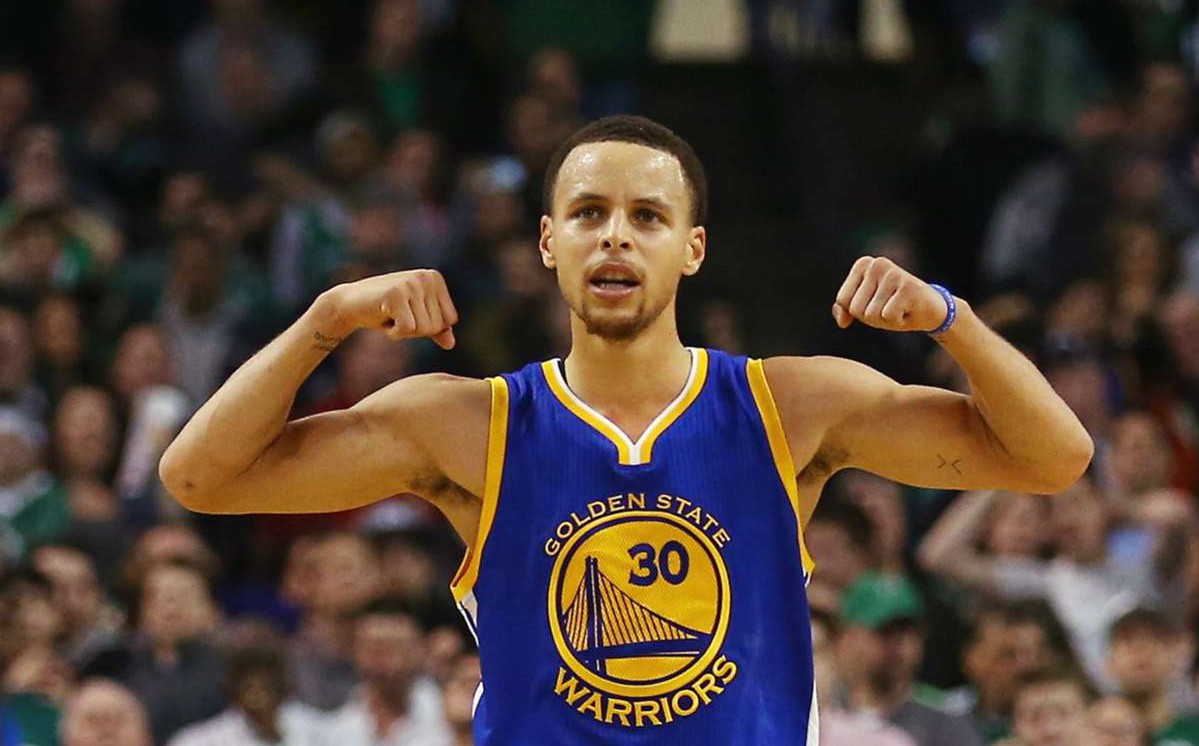I love using custom trends to target a team’s weakness. While the Pro Trends and columns in Player Models like Opponent Plus/Minus are extremely useful, you can really take it to the next step using custom trends. You can find team level stats dozens of places, but I like to start here. Let’s go through a couple scenarios.
3-Point Shooting Against WAS
On TeamRankings.com, when you open the “Opponent Points From 3-Pointers” category, here are the teams who have performed the worst:
Sometimes, I will create a trend to target several teams if they are grouped closely together in the rankings. In this case, the Wizards have allowed a full point-per-game from 3-pointers more than any other team, so I’m going to include them in their own category. As this Washington Post article explains, the Wizards ability to defend 3s this year is historically poor.
Now, we hop over to Fantasy Labs’ Trends and the next part is pretty self-explanatory. Here are the trend parameters:
NBA teams change over the course of an 82 game season – people get benched, injured, they go through slumps, etc. So once I have a trend setup, I like to monitor the performance in case at some point, it no longer becomes a matchup to exploit. In the Wizards’ case though, things have only gotten worse (better from a DFS perspective) since the start of the season:
Rebounding Against CHI
If you haven’t been following the 2015-2016 NBA season closely, you might not expect to find the Bulls buried in the rebound ranks this year. After all, they finished 12th best last season in terms of fewest rebounds allowed to their opponents and have returned Pau, Noah, and Taj. Here are the teams that have allowed the most rebounds to their opponents this season:
Several teams are bunched together at the top, so I wouldn’t mind grouping a few of them together. In this case, I’m going to focus solely on Chicago. I created the trend to include players who were averaging seven or more rebounds heading into their matchup against the Bulls:
The list of top performers includes juggernauts such as Ed Davis, Jordan Hill, and Omer Asik. Drummond set the tone against Chicago with a 20-20 game on October 30th and he still gets to face them three more times this year as a divisional opponent. Chicago’s Plus/Minus allowed has remained pretty consistent as the season has moved on, so they don’t appear to be improving too much in the category at this time.
Fast Break Points vs PHI
You just knew the 76ers were going to wind up in this article one way or another. Let’s take a look at the below list which shows “Fast Break Points Allowed/Game”. The Warriors and Suns both rank within the top three in terms of fastest-paced teams in the league, so it makes sense that they would allow a lot of fastbreak points just as a function of the style of basketball they play.
The 76ers are just the 10th-fastest paced team in 2015-2016 and yet lead the category by close to a full point. The reason for that? They allow the most turnovers per game (by a mile) and are the second-worst shooting team. All these negative plays allow their opponents to get out on the break and convert those opportunities into points.
You could probably use this information a number of ways, but here is the trend that I setup. This looks for teams that play at a faster pace than Philly and matches players who are projected to play at least 20 minutes in the game (to weed out end of bench types from the results).
In order for the 76ers to turn it around in this category, they would have to be more careful with the ball or shoot a higher percentage from the field. Given the current state of this basketball team, it’s pretty hard to see either of those things happening right now.
Conclusion
So these were three helpful trends that I’ve created, but there are hundreds more that you could setup on your own. The landscape can quickly change due to injuries, trades, or a host of other reasons, so make sure you keep an eye on the “Points +/-“ field on your custom trends and make adjustments as time goes by.












